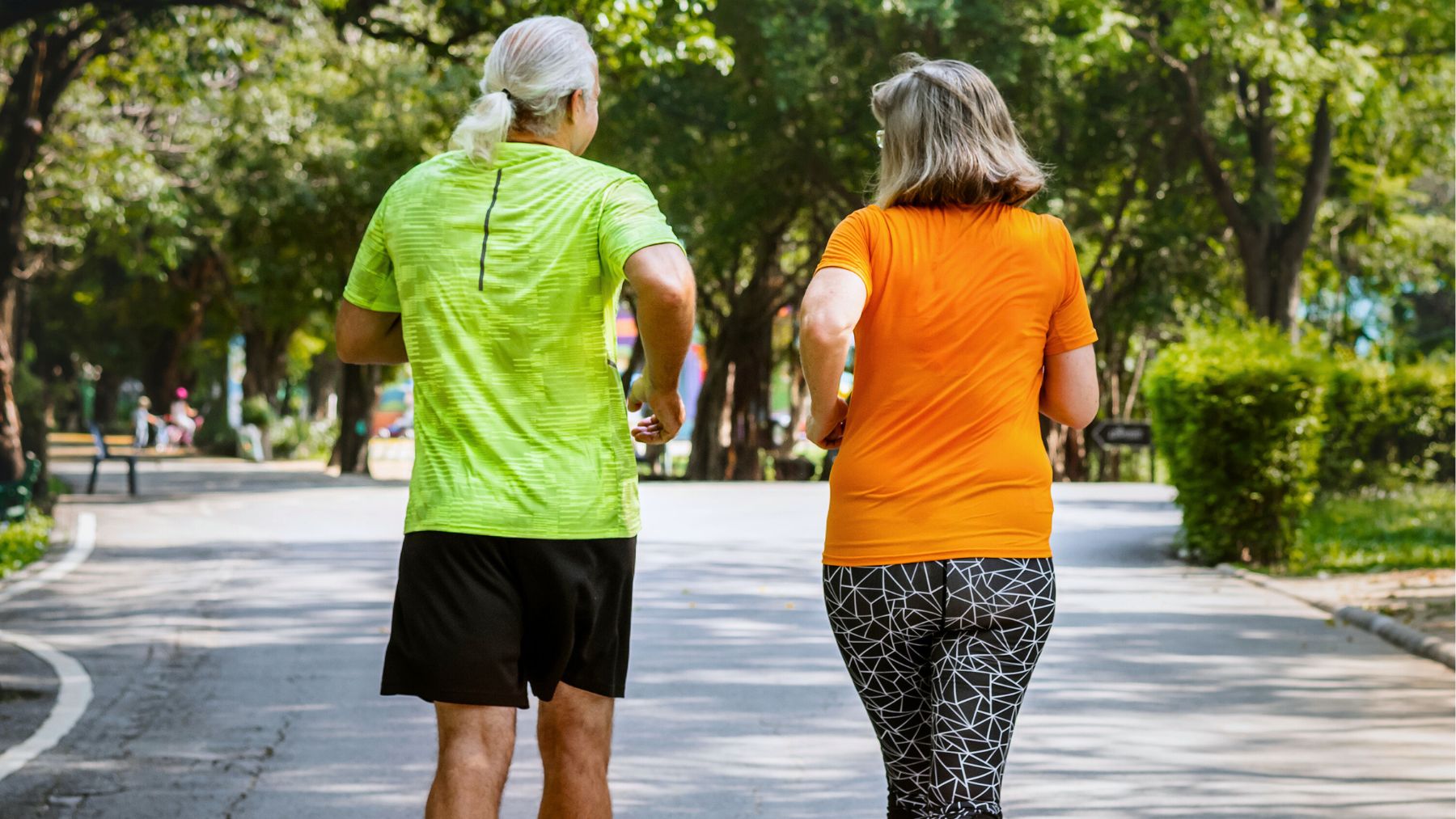Staying active after 65 doesn’t have to mean fast-paced team sports or high-impact workouts. In fact, for older adults looking to build strength, stability, and cardiovascular health, there’s an alternative that requires nothing more than a pair of walking poles and the right rhythm. It’s not a new sport, but it’s one that more and more older adults are discovering for its full-body benefits.
We’re talking about Nordic walking. It combines the simplicity of walking with the power of upper-body movement, offering a low-impact workout that engages almost all muscle groups. Here, we’ll explain how it works, why it’s ideal for seniors, and how to start practicing it with the right technique and equipment.
Nordic walking: a different sport for strength in seniors
Nordic walking, also called pole walking, started as a summer training method for cross-country skiers in Finland. The basic idea is to walk briskly while using specially designed poles to push off the ground with each step. The poles help distribute weight, improve posture, and activate the upper body in ways that regular walking doesn’t.
The poles offer extra support for the joints, especially the knees, hips, and lower back, which means less impact and less pain. As the arms are involved in each step, the workout becomes more balanced, engaging the core, shoulders, and upper back as well. It also improves balance, coordination, and cardiovascular endurance.
There’s also the mental boost. It’s most often done outdoors—in parks, trails, or quiet streets—which adds the benefits of fresh air and natural light. That exposure can reduce stress, elevate mood, and make the activity feel less like a chore and more like a break. For those managing conditions like arthritis, diabetes, or high blood pressure, this kind of movement can support physical and mental health without unnecessary risks.
How to get started with Nordic walking after 65
If you’re thinking of trying Nordic walking, start simple. You don’t need to be in top shape to begin, but it helps to learn the basics to avoid strain and get the most out of it. Here’s what to keep in mind:
- Choose the right poles: Nordic walking poles are different from hiking poles. Look for a lightweight model with ergonomic grips and straps that fit around your hands like gloves.
- Learn the technique: Unlike hiking, the movement is smooth and continuous. Push off the ground with each pole, matching the opposite arm and leg as you walk. The poles should strike the ground as your back foot leaves it.
- Start on flat terrain: Practice in a park or quiet sidewalk first and get used to the motion before trying hills or trails. Focus on keeping your posture upright and your arms relaxed.
- Dress for the weather: Wear supportive shoes and comfortable clothes that allow freedom of movement. Don’t forget sunscreen and a water bottle if you’re going out in the sun.
- Consider a group or class: Many communities in the US offer Nordic walking groups or intro sessions for seniors. It can be more motivating and safer to walk with others.
Nordic walking offers a steady, effective way to stay active well into your 60s, 70s, and beyond. It’s not high-impact, and it strengthens muscles, improves balance, and gives your heart a healthy boost all at once. Best of all, it can be as social or as solitary as you want it to be.

